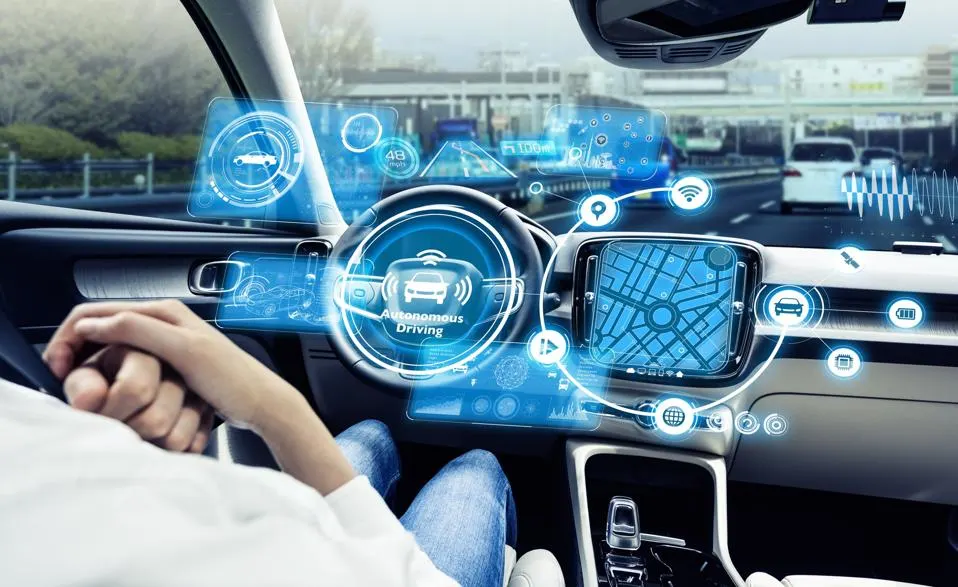The world of autonomous vehicles is rapidly evolving, and OpenAI’s groundbreaking artificial intelligence technologies are playing a pivotal role in shaping the future of self-driving cars. While many people associate OpenAI primarily with ChatGPT and language models, the company’s AI innovations extend far beyond text generation, potentially revolutionizing how we think about transportation safety, efficiency, and accessibility.
Understanding OpenAI’s Role in Autonomous Vehicle Development
OpenAI doesn’t manufacture cars or operate as a traditional automotive company. Instead, the organization develops cutting-edge AI systems that serve as the technological foundation for various applications, including autonomous vehicle development. Their sophisticated machine learning models and neural networks provide the computational intelligence that self-driving systems need to interpret complex real-world scenarios.
The connection between OpenAI’s technology and self-driving vehicles lies in the fundamental challenge of artificial intelligence: teaching machines to understand, interpret, and respond to dynamic environments with human-like reasoning capabilities. This same principle that powers ChatGPT’s conversational abilities can be adapted to help vehicles navigate busy intersections, recognize pedestrians, and make split-second driving decisions.
How OpenAI’s AI Models Enhance Self-Driving Capabilities
Advanced Pattern Recognition
OpenAI’s neural networks excel at pattern recognition, a crucial component of autonomous driving. Self-driving vehicles must constantly analyze visual data from cameras, interpret signals from sensors, and recognize patterns in traffic behavior. OpenAI’s deep learning architectures can process vast amounts of visual information simultaneously, identifying everything from traffic signs to unexpected obstacles with remarkable accuracy.
Real-Time Decision Making
The most challenging aspect of autonomous driving isn’t just seeing the road—it’s making intelligent decisions in real-time. OpenAI’s models demonstrate sophisticated reasoning capabilities that translate well to driving scenarios. When a self-driving car encounters an unexpected situation, such as construction work or an emergency vehicle, AI systems based on OpenAI’s technology can evaluate multiple response options and select the safest course of action within milliseconds.
Natural Language Processing for Voice Commands
OpenAI’s expertise in natural language processing enables more intuitive human-vehicle interactions. Passengers can communicate with self-driving cars using natural speech, asking questions about destinations, requesting route changes, or seeking information about travel conditions. This technology makes autonomous vehicles more accessible and user-friendly for people of all ages and technical backgrounds.
The Technical Architecture Behind AI-Powered Self-Driving
Multi-Modal Learning Systems
OpenAI’s approach to artificial intelligence emphasizes multi-modal learning, where AI systems process different types of data simultaneously. In self-driving applications, this means combining visual information from cameras, spatial data from LiDAR sensors, and environmental data from radar systems to create a comprehensive understanding of the vehicle’s surroundings.
Continuous Learning and Adaptation
Unlike traditional programmed systems, AI models inspired by OpenAI’s research can continuously learn from new experiences. Self-driving vehicles equipped with these advanced AI systems become safer and more efficient over time, adapting to local driving conditions, weather patterns, and regional traffic behaviors without requiring manual updates.
Predictive Analytics for Safety
OpenAI’s predictive capabilities enable self-driving vehicles to anticipate potential hazards before they become dangerous. By analyzing traffic patterns, pedestrian behavior, and environmental conditions, AI-powered vehicles can proactively adjust their driving strategies to prevent accidents and ensure passenger safety.
Current Applications and Industry Partnerships
Several automotive companies and technology firms are exploring ways to integrate OpenAI’s technological innovations into their self-driving programs. While OpenAI doesn’t directly develop autonomous vehicles, their AI research influences the broader industry through:
Simulation and Testing: AI models help create realistic virtual environments for testing self-driving algorithms without real-world risks.
Data Analysis: Processing massive datasets from test vehicles to identify improvement opportunities and safety enhancements.
Human-AI Collaboration: Developing systems where human drivers and AI work together during the transition to fully autonomous vehicles.
Challenges and Limitations in AI-Powered Self-Driving
Ethical Decision-Making
One of the most complex challenges facing AI-powered self-driving technology involves programming ethical decision-making capabilities. When faced with unavoidable accident scenarios, how should an AI system prioritize different outcomes? OpenAI’s research into AI alignment and safety contributes valuable insights to these difficult questions.
Weather and Environmental Adaptability
While AI systems excel in controlled conditions, real-world driving presents countless variables. Heavy rain, snow, fog, and other weather conditions can challenge even the most sophisticated AI models. Ongoing research focuses on improving AI robustness across diverse environmental conditions.
Regulatory and Legal Frameworks
The integration of advanced AI into self-driving vehicles raises important questions about liability, insurance, and regulatory compliance. As AI technology advances, legal frameworks must evolve to address these new realities.
The Future of OpenAI Technology in Autonomous Vehicles
Enhanced Safety Features
Future developments may include AI systems that can predict and prevent accidents with even greater accuracy, potentially reducing traffic fatalities by significant percentages. OpenAI’s ongoing research into AI safety and reliability directly contributes to these life-saving innovations.
Improved Accessibility
AI-powered self-driving vehicles could provide unprecedented mobility options for elderly individuals, people with disabilities, and others who face transportation challenges. OpenAI’s commitment to beneficial AI aligns with goals of creating more inclusive transportation systems.
Environmental Benefits
Optimized driving patterns enabled by AI could reduce fuel consumption and emissions, contributing to environmental sustainability goals. Smart route planning and efficient driving behaviors powered by AI could significantly impact urban air quality and energy consumption.
Final thoughts
OpenAI’s influence on self-driving technology represents just one facet of artificial intelligence’s transformative potential. While fully autonomous vehicles remain a work in progress, the foundational AI technologies developed by OpenAI continue to push the boundaries of what’s possible in transportation.
The convergence of advanced AI, automotive engineering, and safety regulations promises to create a future where self-driving vehicles are not just technologically feasible but genuinely beneficial for society. As OpenAI and other research organizations continue advancing AI capabilities, we move closer to a world where intelligent, safe, and accessible transportation is available to everyone.
The road to fully autonomous vehicles may still have challenges ahead, but with OpenAI’s cutting-edge artificial intelligence lighting the way, that destination appears more achievable than ever before.

